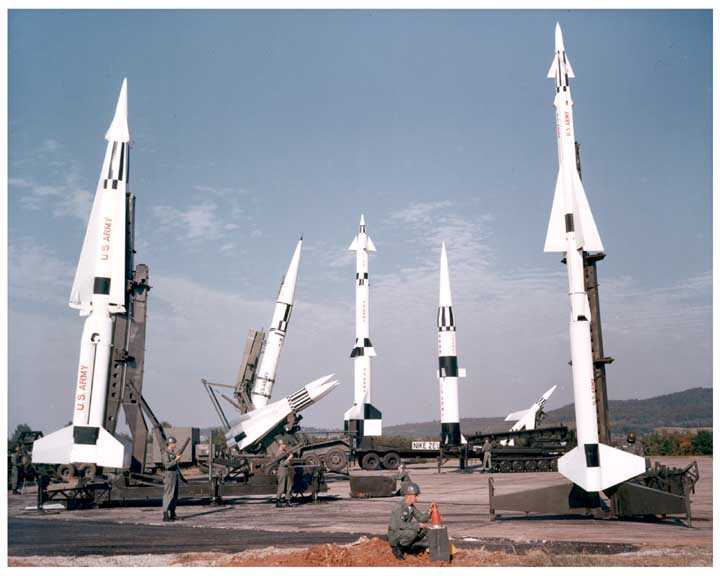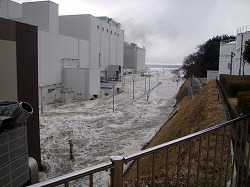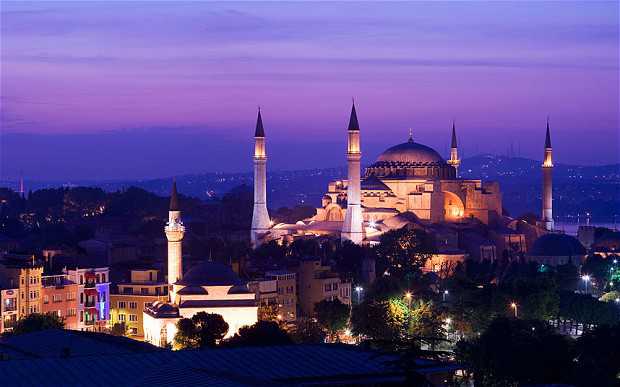From the paper’s executive summary of Turkey’s non proliferation and nuclear diplomacy policies:
History has shown that states willing to commit resources and time can overcome the technical obstacles and successfully develop first generation nuclear weapons. However, most nuclear-capable states have chosen to remain non-nuclear. The decision to pursue nuclear weapons is rooted in technical capability combined with decision maker intent. At the moment, policy makers worry that an Iranian nuclear weapon will force its neighbors to explore the nuclear option. The oft-repeated argument claims that an Iranian nuclear weapon will lead to a regional arms race. Turkey, along with Egypt and Saudi Arabia, are the countries most often cited as the countries most likely to develop indigenous nuclear capabilities to counter Iran.
A Turkish decision to proliferate would seriously complicate its international standing, undermine its economic resurgence and seriously damage relations with the United States and its other NATO allies. Moreover, any Turkish move towards weaponization would draw a harsh rebuke from the United States and would likely be met by an American proposal to strengthen security guarantees, as well as the threat of sanctions if Turkey were to continue its weapons efforts. Given Turkey’s non-nuclear history and its long-standing reliance on the NATO security guarantee, it is hard to imagine a scenario where Turkey would simply cast aside its long-standing non-nuclear policy in favor of an independent weapons capability.
As a whole, Turkish actions and statement suggest that Ankara will remain committed to the NATO security guarantee, while developing indigenous capabilities to increase its intelligence, surveillance and information management capabilities. The presence of NATO nuclear weapons in Turkey, as well as Turkey’s membership in the Alliance underpins its long-term defense strategy. Abandoning the Alliance or undertaking an illicit nuclear program would seriously derail defense planning and undermine Turkish security. A far more likely response to an Iranian nuclear weapon would be a re-evaluation of the battle readiness of the B-61s at Incirlik air base, as well as the acquisition and training of nuclear capable front line fighters. Together, these two moves would reinforce the underlying principle of deterrence, which stipulates that a credible deterrent rests on the willingness and ability to use nuclear weapons. Turkey would also be likely to speed up the deployment and development of BMD. More broadly, Ankara will be pushed closer to the United States and would likely join American efforts to contain Iran.
Turkey’s non alignment with its traditional partners in the West on a number of issues related to nuclear and non proliferation policy should not however be taken as an indication that the Turkish policy elites harbor designs of developing a nuclear weapons program. The level of democratic maturity reached in Turkey and the long standing anchoring of Ankara within the Western precludes such an outcome. Turkish policy makers take offense in such unfounded and simplistic allegations. From the foreign policy as well, the development of concealed nuclear weapons program is devoid of a rational. Turkey’s goal is to enhance its position as a pivotal and central state based on an extension of its soft and smart power. This vision is surely incompatible with becoming the next rogue state of the region, which would be a sure recipe for losing elections in democratic societies. Even in a scenario where Iran would end up acquiring nuclear weapons despite all the efforts of the international community, the Turkish reaction would be to fully take part in the emerging strategy for containing Tehran.
The full report can be found here :
www.edam.org.tr/EDAMNukleer/edamreport.pdf





